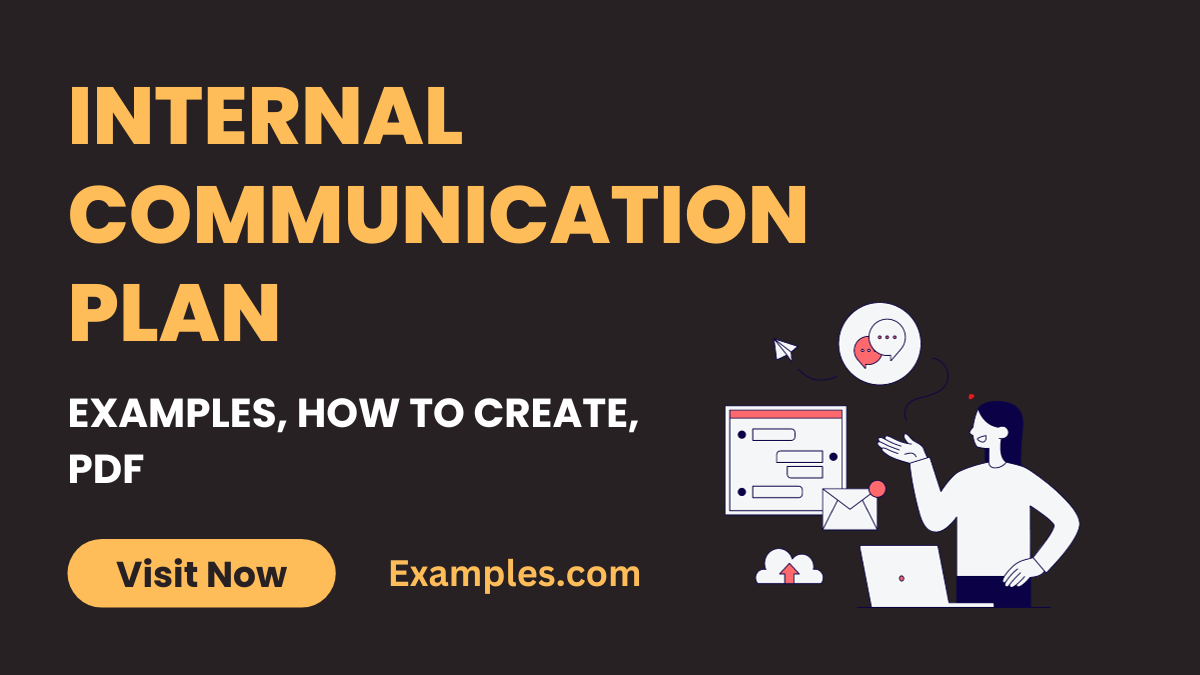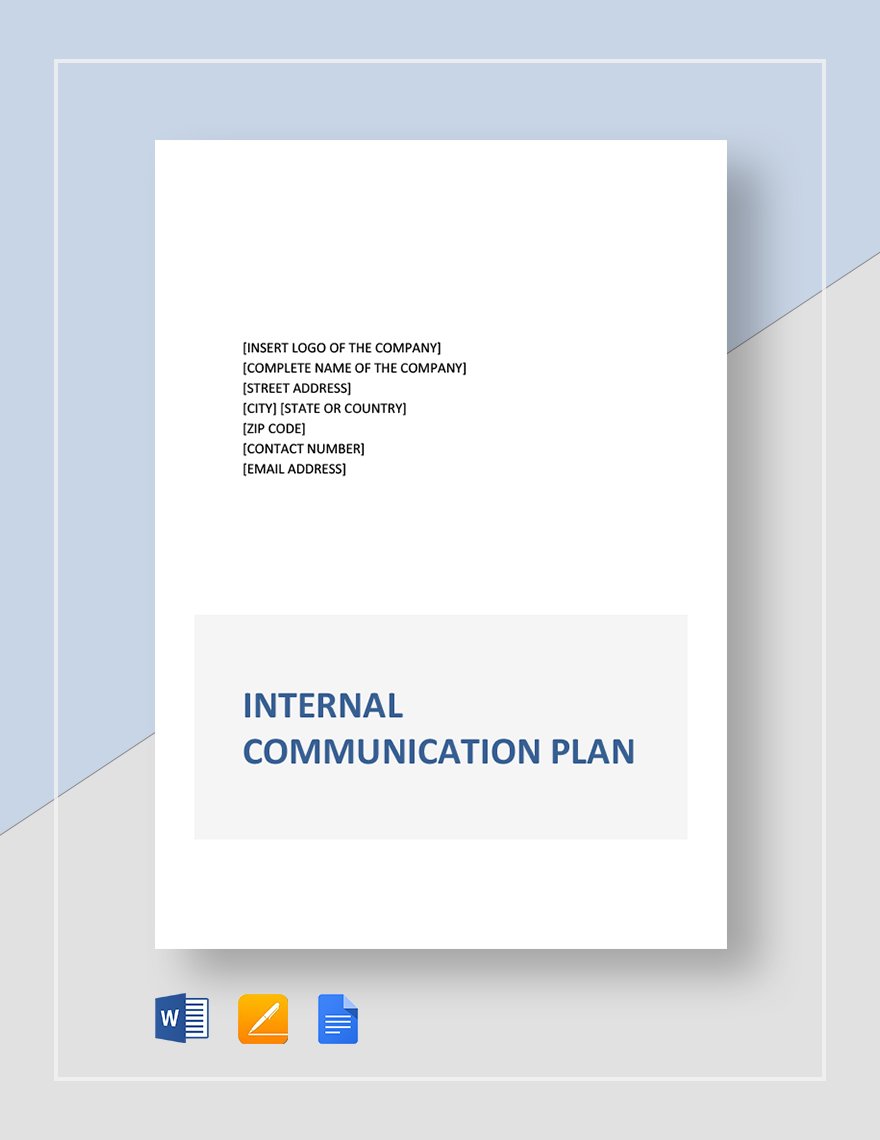11+ Internal Communication Plan Examples
Dive into the comprehensive guide on Internal Communication Plans, where clarity meets strategy. This essential resource offers Communication Examples and practical insights to elevate your team’s dialogue. Understand the nuances of effective internal exchanges, explore Internal Communication Plan Examples, and unlock techniques to overcome common challenges like Miscommunication in Couples and Emotional Disconnection. Perfect for fostering a cohesive, informed, and engaged environment, this guide is your key to transforming internal communication dynamics.
Download Internal Communication Plan Bundle
Internal Communication Plan
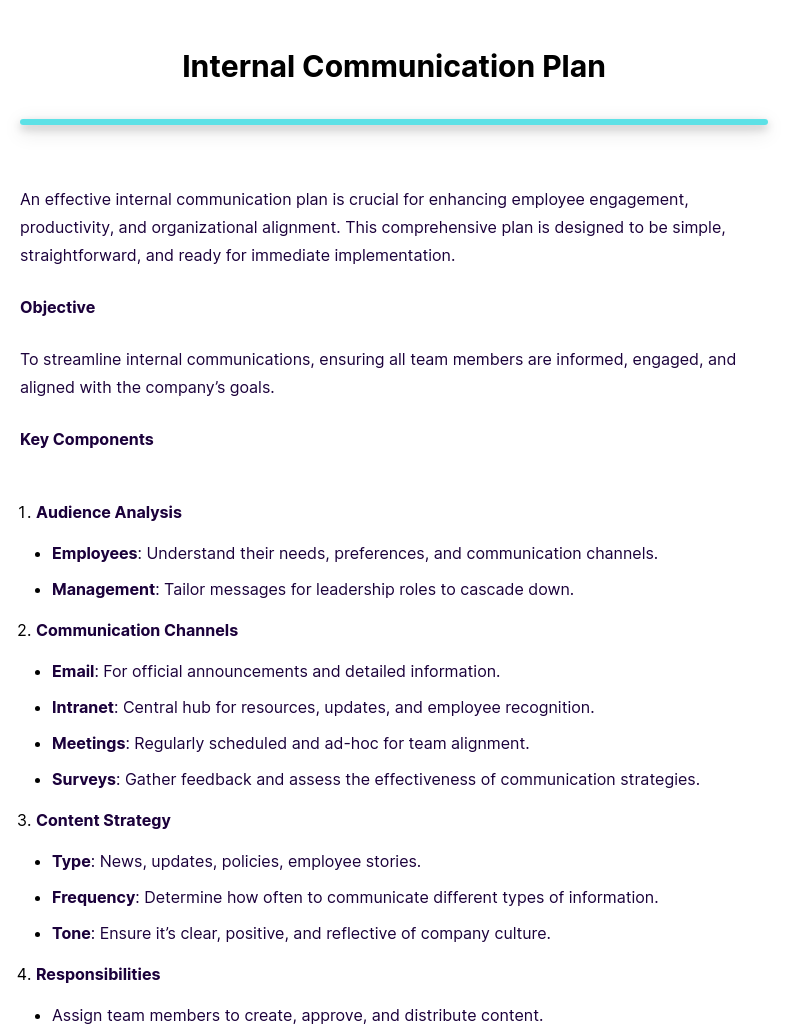
The effective internal communication plan. It emphasizes the importance of such a plan in enhancing employee engagement, productivity, and organizational alignment. The plan is straightforward and ready for implementation, focusing on key components like audience analysis, communication channels, content strategy, responsibilities, timelines, feedback mechanisms, and measurement and evaluation. Notably, it advocates for best practices like consistency, clarity, recognition, and training for effective communication skills. Implementing this plan aims to create a more informed, engaged, and cohesive workplace, with regular reviews and adjustments ensuring its ongoing effectiveness and alignment with organizational goals.
Internal Crisis Communication Plan
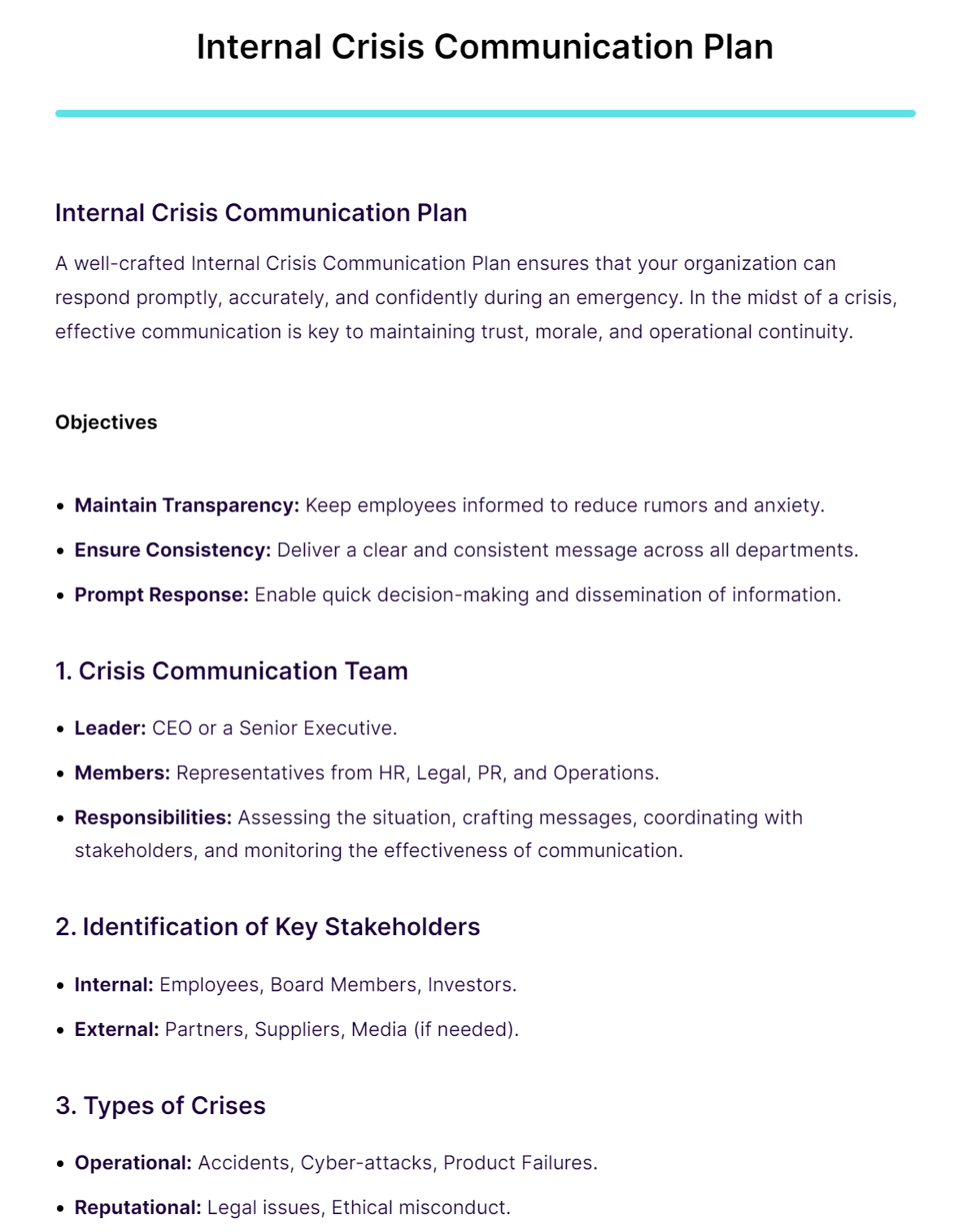
The Internal Crisis Communication Plan, detailing how organizations can respond effectively during emergencies. It emphasizes maintaining operational integrity and trust through transparency, consistency, and preparedness. The guide includes forming a dedicated team, identifying stakeholders, types of crises, communication channels, message creation, training, and regular plan updates. This plan is crucial for navigating challenging times and ensuring a company emerges stronger post-crisis.
Internal Stakeholder Communication Plan
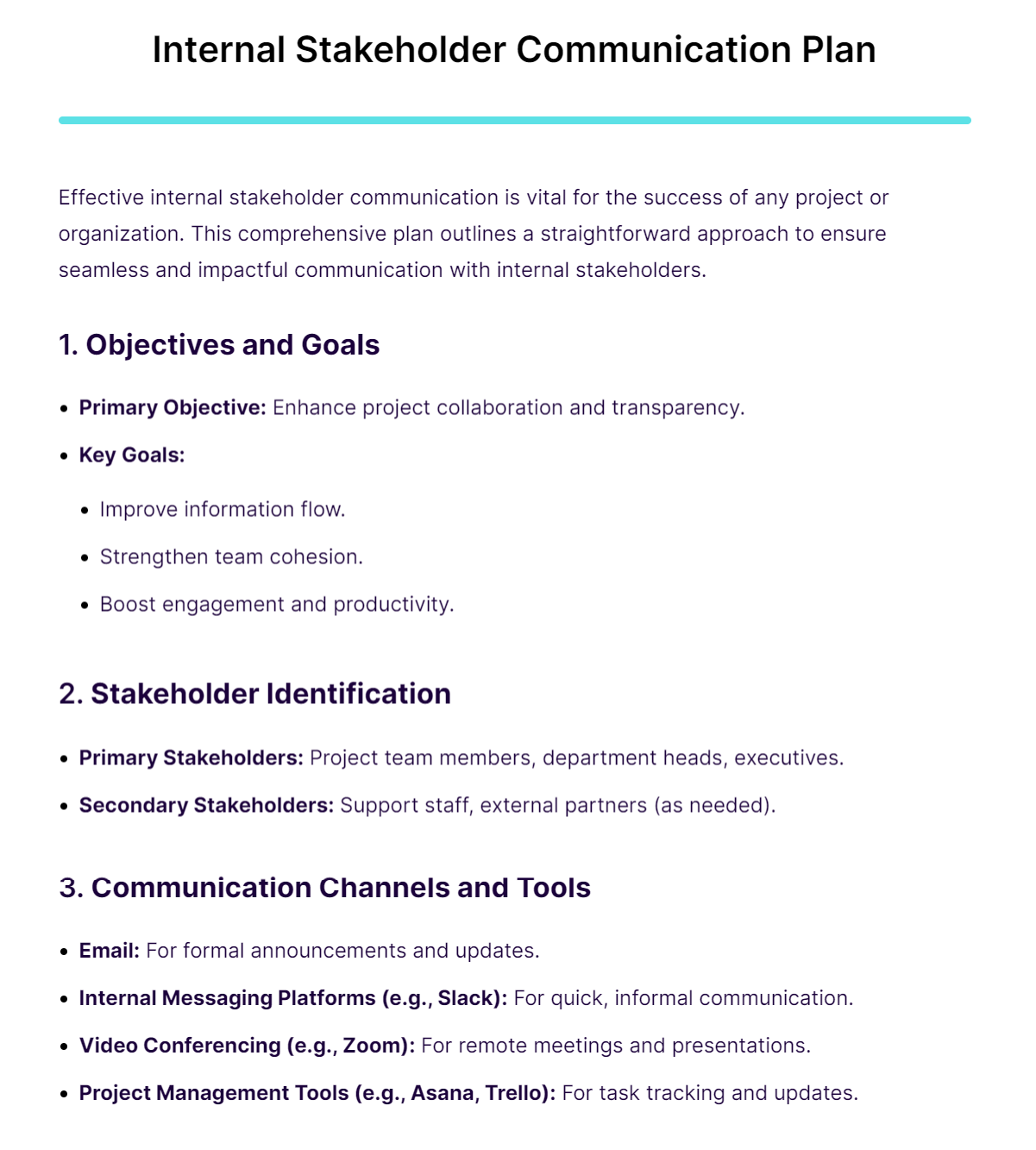
The document provides a thorough guide to effective internal stakeholder communication, crucial for project and organizational success. It covers setting objectives for transparency and collaboration, identifying stakeholders, utilizing various internal communication channels, and offering a detailed plan table for stakeholder communication frequencies and content types. Key strategies include regular project updates, feedback mechanisms, and comprehensive training support. This plan is designed to improve information flow, team cohesion, engagement, and productivity, ensuring a smooth operation and the success of any project.
Internal Audit Communication Plan
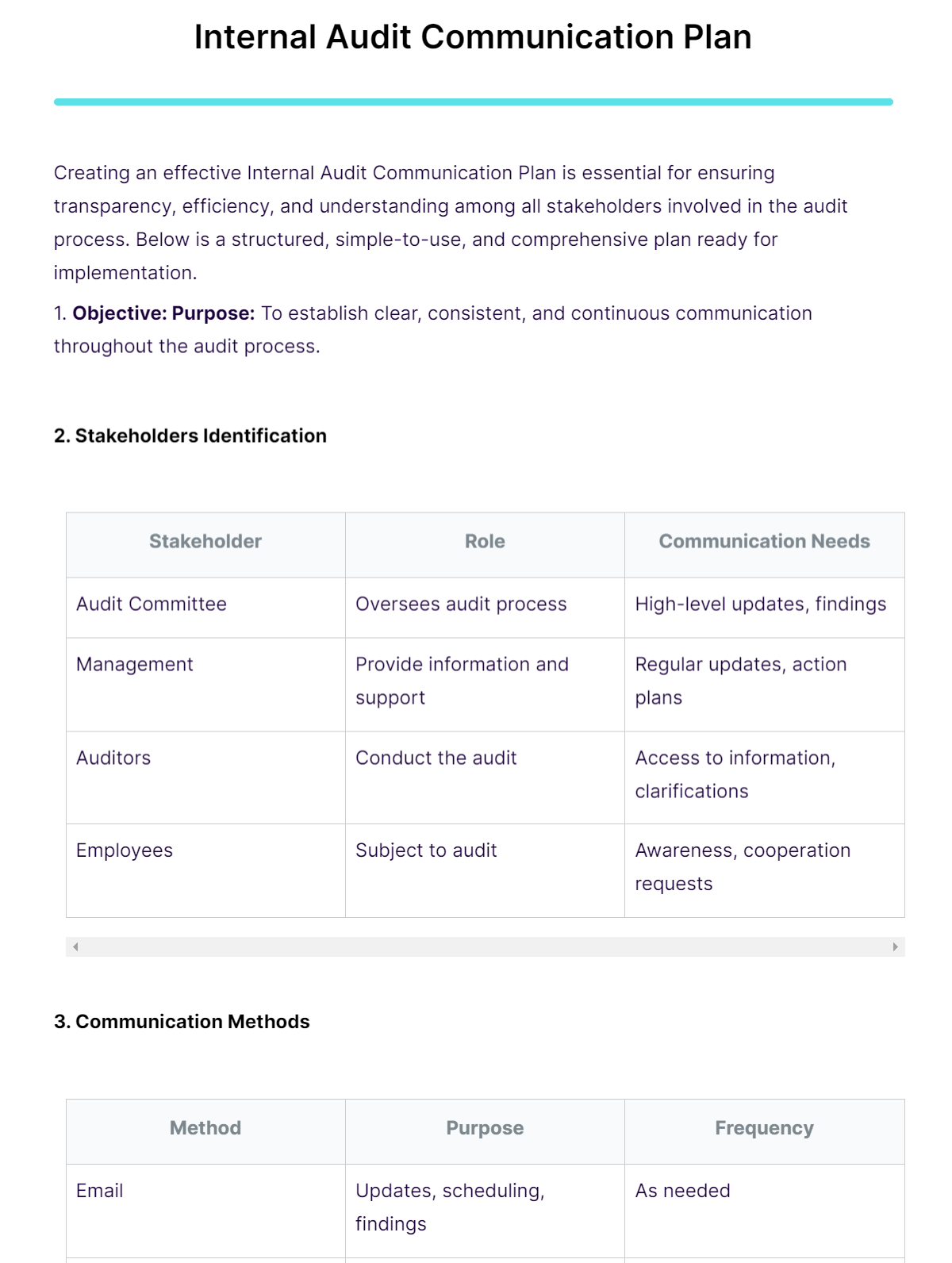
The document provides a comprehensive guide on creating an Internal Audit Communication Plan. It emphasizes the importance of clarity, stakeholder identification, and various communication methods to ensure transparency and efficiency. The plan includes steps like setting objectives, identifying stakeholders, determining communication methods, and establishing content guidelines. It’s designed to keep all parties informed and engaged throughout the audit process, contributing to a more effective and accountable audit environment.
Internal Team Communication Plan

The internal team communication plan. It emphasizes effective communication as crucial for team success and offers a detailed framework for ensuring all team members are aligned and collaborative. The plan covers objectives, stakeholder identification, communication tools and channels, guidelines, roles, and responsibilities. It also includes meeting schedules, crisis communication strategies, training and onboarding processes, and methods for monitoring, feedback, and plan evaluation. This comprehensive approach is designed to create a transparent, collaborative, and efficient work environment.
Internal Communication Event Plan
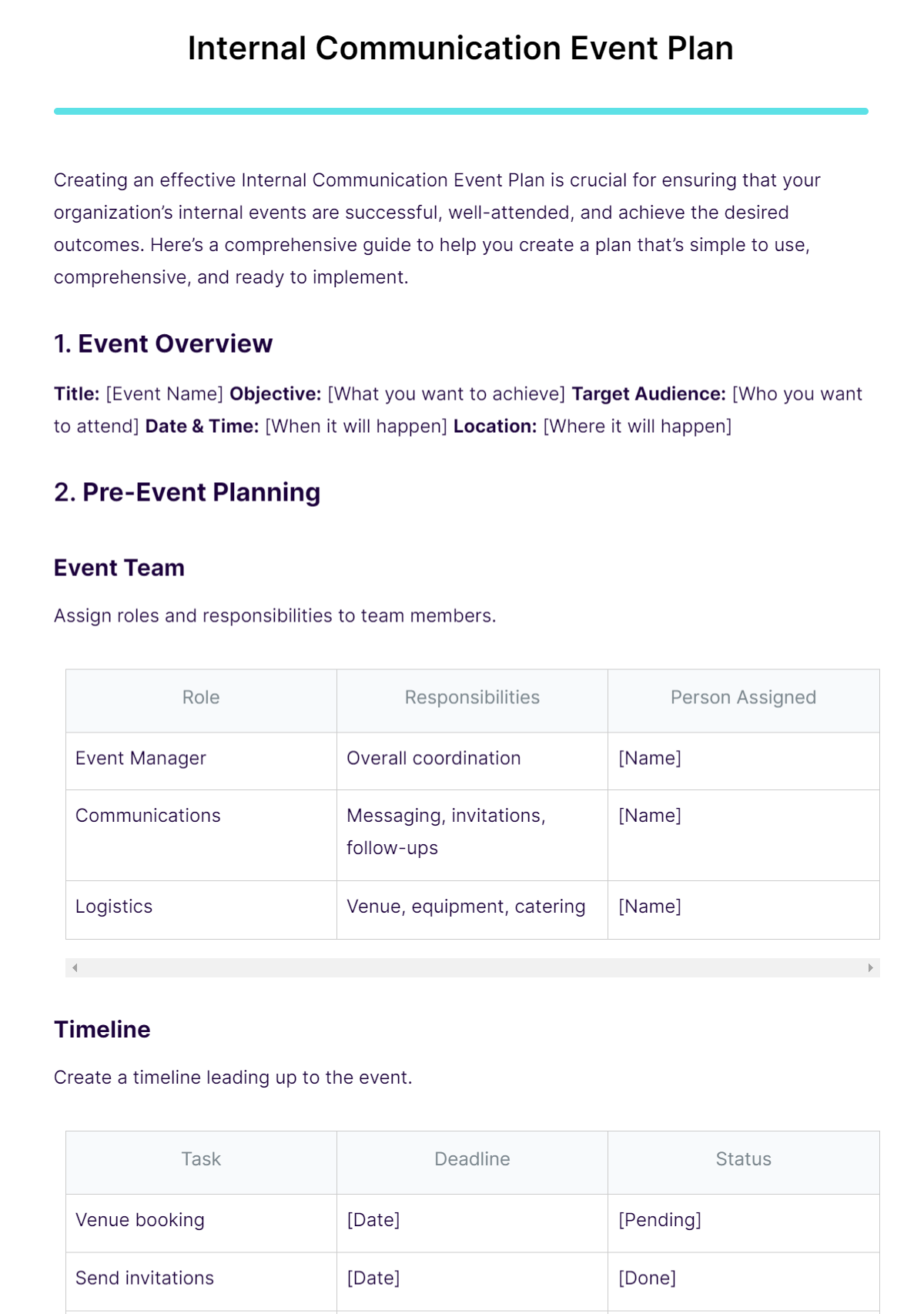
The guide provides a detailed roadmap for crafting an effective Internal Communication Event Plan. It emphasizes the importance of thorough preparation, including role assignments, timeline creation, and a multifaceted communication strategy. The plan is designed to ensure successful, engaging, and well-coordinated internal events within any organization, focusing on every stage from pre-event planning to post-event follow-up.
Internal Communication Plan for Product Launch
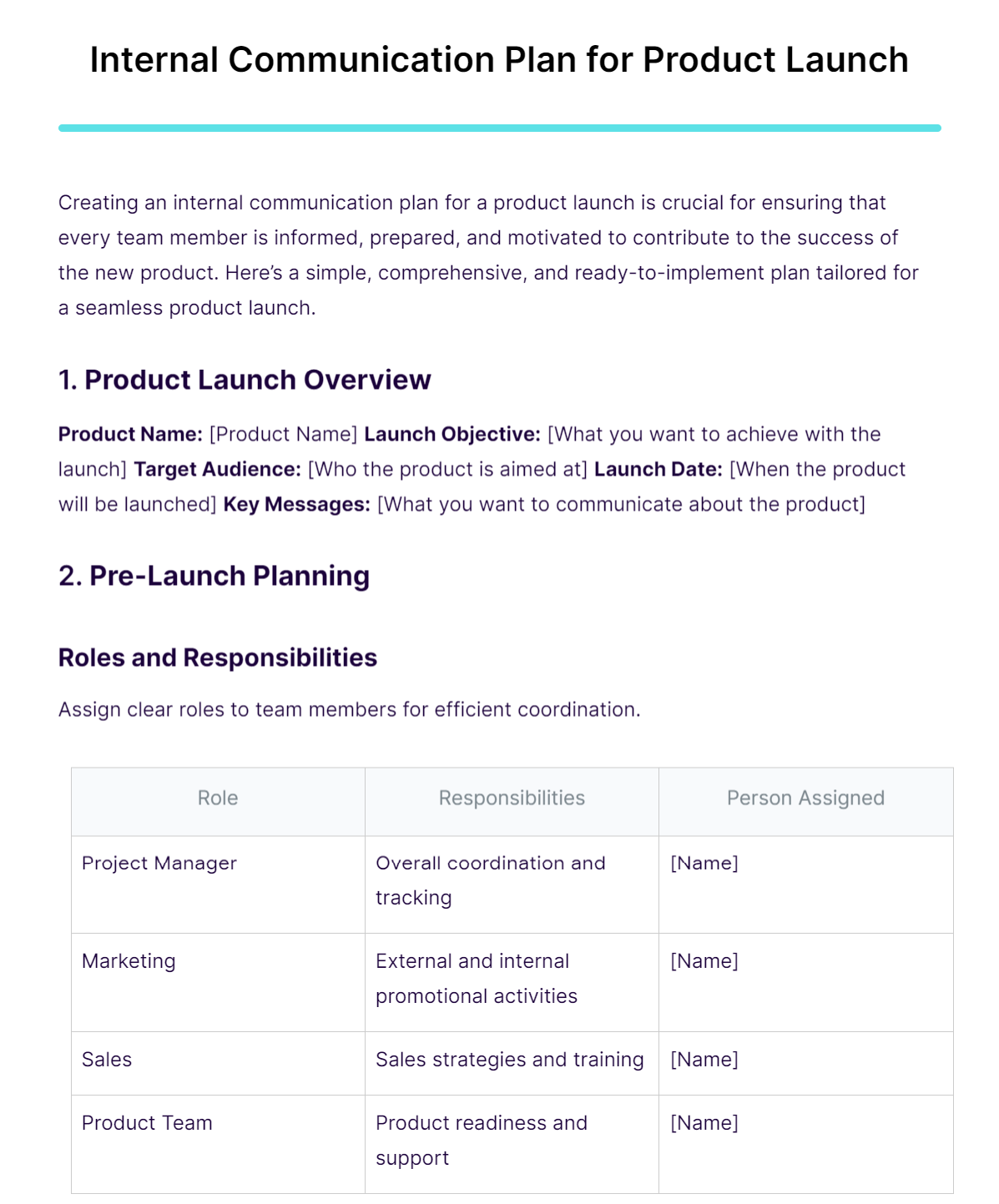
The document “Internal Communication Plan for Product Launch ” provides a detailed and structured approach for creating an internal communication plan tailored to product launches. It emphasizes the importance of ensuring that all team members are informed, prepared, and motivated for the new product’s success. The plan includes steps like defining the product launch overview, pre-launch planning with assigned roles and responsibilities, establishing a communication strategy, content planning, budgeting, risk management, and evaluation measures. Additionally, it outlines the need for post-launch follow-up to maintain momentum, focusing on continuous improvement based on feedback and outcomes.
Internal Communication Action Plan
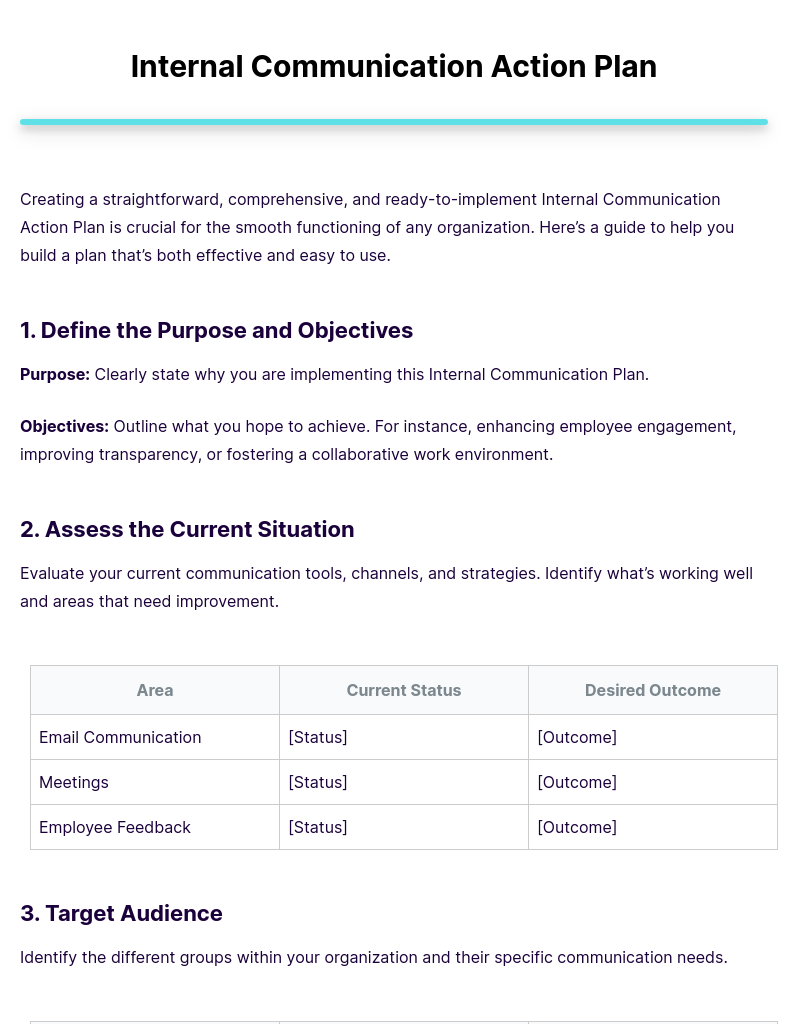
The Internal Communication Action Plan is a thorough and practical guide, vital for any organization aiming to enhance its internal dialogue. The plan outlines steps such as defining objectives, assessing current communication tools, identifying target audiences, and selecting appropriate communication channels. It emphasizes the importance of a well-structured content plan, setting a clear timeline, assigning roles and responsibilities, and establishing feedback and measurement methods. By following and adapting this guide, organizations can ensure that their teams are well-informed, engaged, and aligned with the company’s goals, with a focus on continuous evaluation and adaptation for success
School Internal Communications Plan Template
Internal Communication Plan Template in Word
Strategic Internal Communications Plan
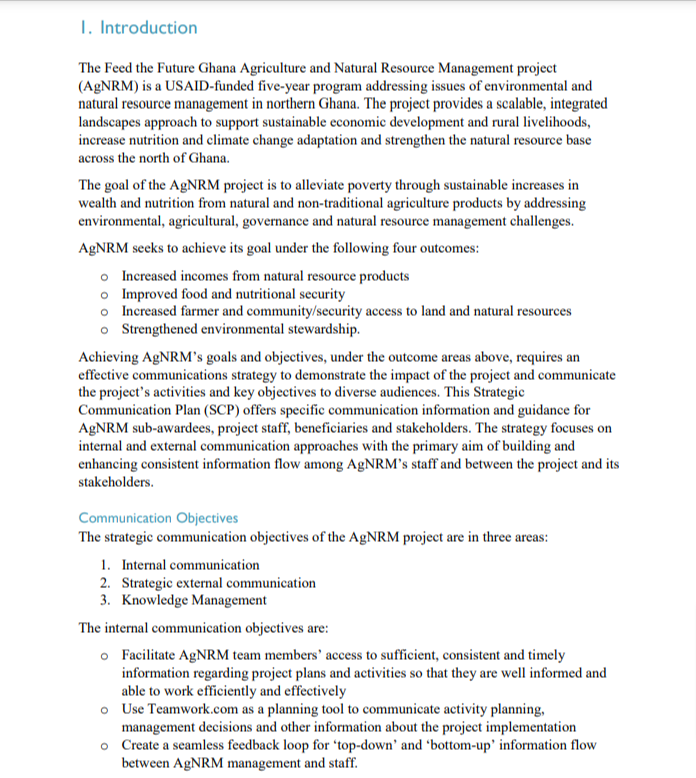
usaid.gov
DownloadInternal Communication Plan Example
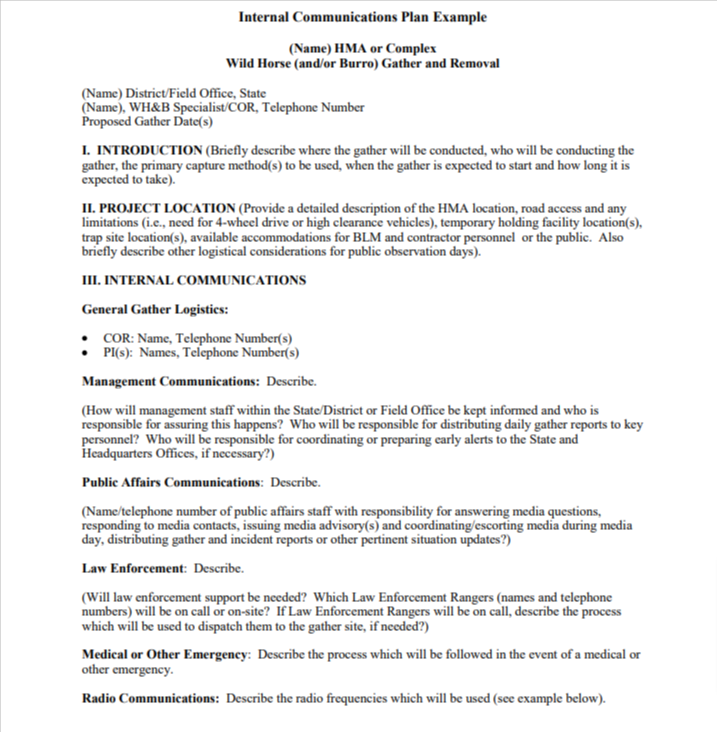
blm.gov
DownloadSteps to Build Internal Communication Plan
Building a Brilliant Internal Communication Plan is pivotal in nurturing an environment where Trust Erosion and Conflict Avoidance are minimized. This plan serves as a roadmap, guiding Couples and teams alike through the labyrinth of Interpersonal Silence and Non-Verbal Misunderstandings. It’s your strategy for cultivating an atmosphere where Intimacy Challenges are addressed, and Partner Detachment is prevented, ensuring every voice is heard and valued.
- Assess Current Communication Climate:
Conduct surveys to understand the team’s views on current communication effectiveness.
This step identifies areas of Examples of Miscommunication in Couples and sets the stage for improvement. - Define Clear Objectives:
Set specific goals like reducing meeting times or improving feedback quality.
Objectives guide the plan towards addressing issues such as Expressive Barriers. - Identify Key Messages and Audiences:
Determine what needs to be communicated and to whom, ensuring relevance and clarity.
This helps overcome Emotional Disconnection by making information pertinent and targeted. - Choose the Right Channels:
Select communication tools that fit the team’s needs, like Slack for instant updates.
The right tools can minimize Non-Verbal Misunderstandings and enhance understanding. - Set a Communication Schedule:
Establish regular intervals for updates to keep everyone informed and engaged.
A schedule helps prevent Relationship Breakdown by maintaining a steady flow of information. - Promote Open Feedback:
Encourage an environment where feedback is welcomed and acted upon.
Open feedback cultures address Trust Erosion by valuing each member’s input. - Train and Support:
Provide training on effective communication skills and available tools.
Training equips the team to handle Conflict Avoidance and express themselves clearly. - Monitor and Adapt:
Regularly check the plan’s effectiveness and make adjustments as needed.
Monitoring ensures the plan stays relevant and addresses emerging Intimacy Challenges. - Recognize and Reward:
Acknowledge effective communicators and improvements to motivate the team.
Recognition helps counter Poor Communication by highlighting and celebrating success. - Document and Share Best Practices:
Keep a record of what works well and share these insights across the team.
Sharing best practices helps to mitigate Bad Communication and fosters a learning culture.
Crafting an effective Internal Communication Plan is essential for fostering a productive and transparent workplace. Best practices include setting clear objectives, understanding your audience, and ensuring consistent, open dialogue. These strategies enhance employee engagement, trust, and collaboration, while minimizing misunderstandings and promoting a unified organizational culture.
1. Define Clear Objectives: Establishing clear goals for your communication strategy ensures that every message is purposeful and aligned with your organization’s vision.
Our objective is to enhance team collaboration by providing weekly project updates and open Q&A sessions. Let’s ensure every team member is informed and empowered to contribute.
2. Segment Your Audience: Understanding the diversity within your audience allows for tailored messages that resonate more effectively with different groups within the organization.
To our field staff, your feedback on the new mobile reporting tool is crucial. To office personnel, we value your suggestions on the internal portal enhancements.
3. Regular Feedback Mechanisms: Incorporating regular feedback loops into your communication plan helps in adapting to employee needs and concerns, fostering a culture of continuous improvement.
Please share your thoughts on our new communication channel. Your insights are vital for us to evolve and improve.
4. Utilize Multiple Channels: Employing a variety of communication channels ensures that messages are received and understood by everyone, catering to different preferences and working styles.
We will disseminate this information via email, our intranet, and in our next all-hands meeting. Stay tuned through your preferred platform.
5. Transparent Leadership Communication: Transparent communication from leadership builds trust and credibility, ensuring employees feel valued and informed about the company’s direction and decisions.
As your leadership team, we commit to openly sharing company updates and decisions affecting our direction. Your trust is our priority.
Elements of Internal Communications Plan
An effective Internal Communications Plan is a mosaic of strategic elements designed to foster Trust Erosion repair and minimize Non-Verbal Misunderstandings. It’s the roadmap to overcoming Expressive Barriers and nurturing a culture of open dialogue. By incorporating aspects like clear objectives, targeted messaging, and feedback loops, this plan is essential in preventing Relationship Breakdown and enhancing overall team cohesion and productivity.
- Clear Objectives: Setting a goal to reduce Conflict Avoidance through monthly team-building sessions.
Objectives guide the communication strategy towards tangible outcomes. - Target Audience Identification: Identifying frontline staff as key recipients to address Miscommunication in Couples at work.
Knowing the audience ensures messages are crafted to meet their specific needs. - Message Content and Style: Using simple language to clarify new policies, thus avoiding Emotional Disconnection.
The content and style of the message significantly impact its reception and understanding. - Channels of Communication: Implementing an intranet for real-time updates, reducing Partner Detachment.
Choosing the right channels ensures that the message reaches the audience effectively. - Timing and Frequency: Scheduling weekly briefings to keep everyone informed and prevent Intimacy Challenges.
Regular, timely communication keeps the team aligned and informed. - Feedback Mechanisms: Surveys after each meeting to improve and address any Poor Communication.
Feedback is crucial for adapting and enhancing communication strategies. - Responsibility and Ownership: Assigning a communications champion to address Blame and ensure message clarity.
Clear responsibility ensures that communications are managed effectively and consistently. - Crisis Communication Plan: A rapid response team for immediate action during crises to avoid Trust Erosion.
Preparedness for emergencies is crucial for maintaining stability and trust. - Cultural Considerations: Acknowledging cultural holidays in company communications to avoid Non-Verbal Misunderstandings.
Respecting diversity ensures inclusivity and enhances message reception. - Review and Adaptation: Quarterly reviews of communication effectiveness to tackle any New Relationship dynamics.
Continually adapting the plan ensures it remains effective and relevant over time.
How to Create an Internal Communication Plan?
Creating an Internal Communication Plan is a strategic process that enhances understanding and collaboration within an organization or relationship. This guide will walk you through the steps to develop a plan optimized for “Internal Communication Plan,” ensuring that your team or partnership thrives through effective dialogue and shared understanding.
- Understand the Current Communication Landscape: Start by assessing the current state of communication within your organization. Identify the Communication Examples that work well and areas prone to Miscommunication in Couples or Emotional Disconnection. Surveys, interviews, and feedback sessions can be invaluable in understanding the existing communication dynamics.
- Define Your Objectives: Clear objectives are the cornerstone of an effective communication plan. Determine what you want to achieve, whether it’s reducing Conflict Avoidance, addressing Trust Erosion, or improving overall engagement and productivity. Your objectives should be specific, measurable, achievable, relevant, and time-bound (SMART).
- Identify Your Audience:Know your audience. In a company, this might be different departments, teams, or individuals. In personal relationships, understanding the communication styles and preferences of your partner is crucial. Tailor your approach to address varied needs and avoid Non-Verbal Misunderstandings.
- Choose the Right Channels and Tools: Select the most appropriate channels and tools for your messages. This could range from emails and meetings to instant messaging apps and internal social networks. The right tools will help you overcome Expressive examples of Barriers and ensure your message is delivered effectively.
- Craft Your Message: Develop clear, concise, and relevant messages. Consider the tone, language, and format. Your messages should resonate with your audience and encourage open dialogue, thereby reducing Partner Detachment and fostering a sense of community.
- Plan for Feedback and Adaptation: An effective Internal Communication Plan is flexible. It allows for feedback from all levels and adapts to the changing needs of the organization or relationship. Encourage feedback to understand the Internal Communication Plan Effects and make necessary adjustments.
- Implement and Monitor: Roll out your plan and monitor its effectiveness. Keep an eye on key metrics like engagement levels, feedback quality, and the speed of information flow. Monitoring helps you understand the Internal Communication Plan Causes & Effects and offers insights for continuous improvement.
- Review and Revise Regularly: Regularly review and update your communication plan to reflect new insights, changes in the organization or relationship dynamics, and technological advancements. This ensures your plan remains effective and relevant, addressing ongoing challenges like Intimacy Challenges and evolving needs.
- Provide Training and Support: Ensure everyone understands the importance of the plan and how to use the communication tools effectively. Training and support are essential in overcoming Poor Communication skills and making the most of your Internal Communication Plan.
- Celebrate Successes: Acknowledge and celebrate when communication improves and objectives are met. Recognizing achievements motivates continued effort and commitment to effective communication.
An astute Internal Communication Plan is a cornerstone for fostering a vibrant and cohesive organizational culture. A well-crafted strategy not only streamlines the flow of information but also cultivates an environment where every member feels heard and valued. Here’s how a smart internal communication strategy can transform an organization.
1. Boosts Employee Engagement: A smart Internal Communication Plan directly impacts employee engagement by ensuring that every team member is informed, involved, and motivated. When employees understand their role in the larger context of the company’s goals, they’re more likely to be committed and contribute positively. Engaged employees typically display higher levels of productivity and innovation, driving the organization forward.
2. Enhances Organizational Transparency: Transparency is critical in building trust and loyalty among employees. A robust communication strategy ensures that employees are well-informed about the company’s decisions, changes, and future plans. This openness not only fosters trust but also helps in mitigating rumors and misinformation, ensuring a healthy and transparent work environment.
3. Facilitates Better Decision Making: With a smart Internal Communication Plan, information flows freely and efficiently across all levels of the organization. This accessibility to information empowers employees at every level to make informed decisions quickly, enhancing the overall agility and responsiveness of the organization.
4. Improves Crisis Management: In times of crisis, effective internal communication is crucial. A well-prepared plan ensures that accurate information is disseminated quickly, reducing panic and confusion. It also provides a platform for continuous updates and guidance, which is essential for maintaining stability and resilience during challenging times.
5. Promotes a Unified Corporate Culture: A smart communication strategy is instrumental in shaping and reinforcing the corporate culture. It helps in sharing the company’s vision, values, and traditions consistently across the organization, ensuring that all employees understand and align with the corporate identity and ethos.
6. Encourages Collaboration and Innovation: By facilitating open and interactive communication, a smart plan encourages collaboration and the sharing of ideas. It breaks down silos and enables cross-functional teams to work together towards common goals. This environment is conducive to innovation, as diverse perspectives come together to solve problems and develop new ideas.
7. Supports Employee Development :Regular updates, feedback, and educational content as part of the communication strategy contribute to ongoing employee development. Employees stay updated with industry trends, best practices, and skills training, which enhances their personal and professional growth
What is the Purpose of the Internal Communication Plan?
The Purpose of an Internal Communication Plan is to establish a cohesive framework that enhances clarity and understanding within an organization. It’s designed to strategically address common workplace issues like Miscommunication in Couples, Emotional Disconnection, and Non-Verbal Misunderstandings. At its core, an effective plan aims to foster an environment where information is not just shared but is also received and understood, significantly reducing instances of Conflict Avoidance and Trust Erosion.
- Enhance Transparency and Clarity:
The plan aims to make the sharing of information as transparent and clear as possible, ensuring all team members are on the same page, thereby reducing Expressive Barriers and enhancing overall team dynamics. - Strengthen Team Cohesion:
By promoting regular and open communication, the plan works to bolster team spirit and unity, addressing common issues such as Partner Detachment and fostering a sense of community and belonging. - Facilitate Effective Decision-Making:
With a well-structured communication plan, information flows more efficiently, aiding in quicker and more informed decision-making processes, crucial in fast-paced work environments. - Promote a Culture of Feedback:
Encouraging and implementing feedback mechanisms is a key purpose of the plan, helping to identify areas of improvement and address any Intimacy Challenges within the team structure. - Align Employees with Organizational Goals:
The plan ensures that every team member understands and aligns with the organization’s goals and objectives, reducing Miscommunication in Relationships and ensuring collective effort towards shared achievements. - Address and Mitigate Conflicts:
By providing clear guidelines and channels for communication, the plan helps in the early identification and resolution of potential conflicts, thereby maintaining a harmonious work environment. - Support Change Management:
In times of organizational change, an effective internal communication plan is crucial in managing transitions smoothly, reducing Relationship Breakdown, and ensuring everyone is guided through the change process. - Enhance Employee Engagement and Morale:
Regular and meaningful communication boosts employee engagement and morale, creating a more motivated and productive workforce.
What are the Goals of an Internal Communication Plan?
An Internal Communication Plan is a strategic blueprint that guides how a company disseminates information within its organization. It’s not just about sending messages; it’s about fostering an environment where every voice is heard, and collaboration thrives. Understanding the goals of such a plan is crucial for enhancing overall organizational health. Here are the primary objectives:
1. Enhancing Clarity and Understanding: One of the main goals of an Internal Communication Plan is to ensure that all members are on the same page. This means delivering clear, concise, and consistent messages that eliminate ambiguity and confusion. When everyone understands the company’s vision, objectives, and how their role contributes, it paves the way for a more cohesive and motivated workforce.
2. Boosting Employee Engagement: Engaged employees are the backbone of any thriving company. An effective communication plan fosters a culture where employees feel valued and involved in the company’s direction. By regularly sharing updates, celebrating milestones, and soliciting feedback, companies can significantly enhance employee engagement and satisfaction.
3. Promoting Collaboration and Teamwork: Collaboration is vital for innovation and problem-solving. An Internal Communication Plan encourages open dialogue and sharing of ideas, making it easier for teams to work together and leverage each other’s strengths. This goal is about breaking down silos and creating a seamless flow of information across all departments.
4. Managing Change Effectively: Change is constant in any business, but it can lead to uncertainty and resistance among employees. A well-structured communication plan prepares employees for change, explains the reasons behind it, and guides them through the transition. This goal is about minimizing disruption and maintaining productivity during times of change.
5. Building Trust and Transparency: Trust is the foundation of any strong relationship, including the one between employers and their employees. An Internal Communication Plan that promotes transparency and honesty helps build trust. When employees feel that they are informed about the company’s successes, challenges, and future plans, they are more likely to trust their leaders and feel a sense of loyalty.
6. Encouraging Feedback and Continuous Improvement: A robust communication plan is not just about disseminating information; it’s also about listening. Encouraging and acting on feedback shows that the company values its employees’ opinions and is committed to continuous improvement. This goal focuses on creating a two-way communication channel where ideas can flow freely, and improvements can be made.
7. Facilitating Crisis Management: In times of crisis, effective communication is more critical than ever. A goal of the Internal Communication Plan is to have a predefined strategy for how to communicate during emergencies. This ensures that accurate and timely information is distributed, reducing panic and confusion and enabling a more controlled and effective response.
Creating an effective Internal Communication Plan is pivotal for any organization. As outlined by Fivedash, it’s a structured approach to managing and enhancing communication within a business, aimed at ensuring everyone is informed and aligned with the company’s goals. Similarly, UC Merced’s guide emphasizes the importance of a comprehensive plan that addresses various aspects such as identifying the audience, outlining messages, and selecting appropriate communication channels. Both sources highlight the significance of a well-thought-out plan in fostering clear, consistent, and effective internal communication



